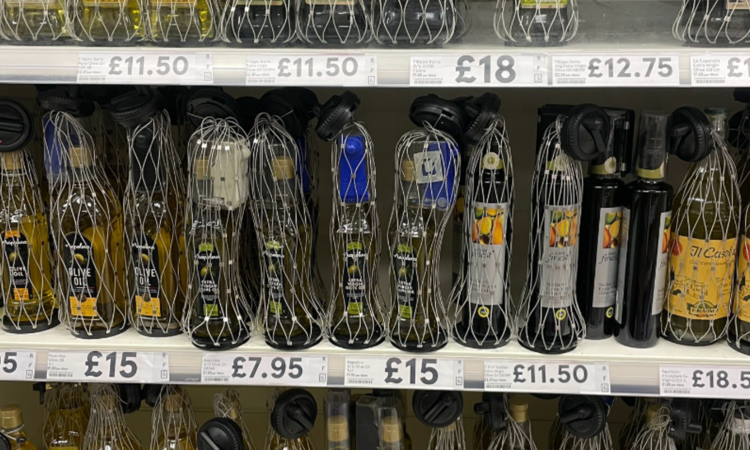
Why does Ofgem allow the price cap to be so high when energy companies make massive profits?
Kate Mulvany, a principal consultant at Cornwall Insight, says…
The price cap limits the unit rates and standing charge levels that suppliers can charge domestic customers across many circumstances.
Some parts of the energy price cap are directly regulated by Ofgem, while others, such as wholesale energy costs, reflect market conditions.
The price cap includes various elements such as wholesale energy costs, network costs (the cost of moving gas and electricity around the country), operating costs, environmental and social policy costs, and the allowable profit for suppliers.
The role of energy suppliers is to purchase electricity from generators and sell it to customers, managing customer service, billing and other retail functions.
Ofgem’s formula for the price cap includes an allowance for suppliers to make a profit, which is overall a relatively small percentage of the total price cap amount.
Headlines about energy companies’ profits can refer to companies involved throughout the energy industry, not just suppliers.
For example, companies that extract and transport gas or which generate electricity might not have prices directly regulated by Ofgem.
There is global competition for energy, and so attempts for the UK to control wholesale costs might have an impact on security of supply.
Since the cap limits unit rates and standing charge levels, but not the total bill, there has been increasing support for a social tariff, which would offer discounted deals to vulnerable households.
Social tariffs for energy are not a new policy; they have been implemented before and are currently used in other sectors, such as telecommunications and broadband.





